For every kid, the transition from childhood to adolescence is a very crucial time of their lives. The stages of puberty in children are characterized by rapid physical growth as well as emotional and psychological changes.
Journeying with our children through this phase can be fulfilling but difficult for us as parents. Knowing what to anticipate and how best we can help them during these changes is important in making it positive and empowering.
This article explains the stages of puberty in children that both boys and girls go through highlighting some tips for parents on how they can confidently guide their children through this transformative period.
We should share information knowledgeably so that we may also establish an atmosphere that supports them while they are growing up into adults.
What is Puberty?
Puberty is the only one of those things that makes kids grow up and develop physically into adults who can reproduce sexually. It begins when certain hormones are released in the body, mainly in the hypothalamus, pituitary gland, and gonads.
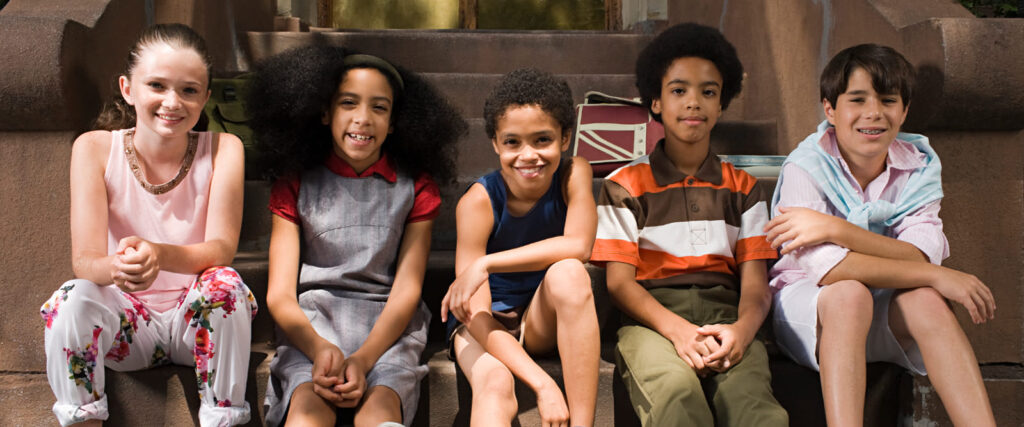
Both girls and boys undergo many changes during stages of puberty in children such as growth spurts; acquiring primary and secondary sexual characteristics like breasts for females or facial hair growth for males; and altering body shapes among others.
Testosterone together with estrogen is among some hormones which increase thereby changing physical appearances as well as affecting emotions displayed externally or internally by an individual.
Although stages of puberty in children vary greatly from person to person, most girls start between 8-13 years old while boys usually begin later at around 9-14 years old. Puberty ushers in adolescence — the phase between childhood and adulthood marked by reproductive capability in future life.
Stages Of Puberty In Children
Among the many things that can be both rewarding and difficult for parents is to guide their daughter through puberty. This is a period of change characterized by physical, emotional, and mental development that signifies the passage from childhood into maturity.
5 Stages of Puberty in Women
By learning the stages of puberty in children, we can provide understanding support for our daughters if we know what is happening to them.
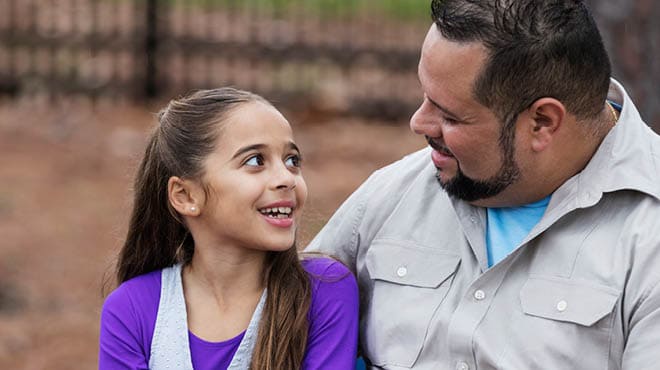
Stage 1: Prepubertal
Your daughter’s body does not show any physical signs of puberty in women during this stage. She may still look and act like a child. It is important to create an open environment where she feels safe talking about any questions or concerns she may have as she prepares for what lies ahead.
Stage 2: Breast Buds
The first visible sign of puberty in girls is breast bud development. You might notice small, firm lumps under the nipple area. This can be an emotionally sensitive time for your daughter as she adjusts to her changing body. Let her know that these changes are normal and healthy.
Stage 3: Further Breast Development
More breast tissue continues to form as a girl goes through puberty. The nipples and areola (the dark area around the nipple) get bigger and stick out more on top of the breast as a mound. Girls often have growth spurts and mood swings in this phase too.
Help her adapt by keeping communication open and offering gentle direction when needed.
Stage 4: Full Breast Development
By this point, your daughter’s breasts have reached their adult size and shape. The nipples come out further, while the areola may become darker or larger than before it appeared.
At the same time, additional pubic hair growth takes place – becoming coarser than earlier hairs did, while spreading outward beyond its original region.
Stage 5: Adult
In the final stage of female Puberty, all characteristics associated with full maturity appear which means that now everything looks just like they would expect from grown-up women’s bodies such as ours – including those parts like breasts being fully developed.
Also, there will be a complete distribution pattern for pubic hairs resembling what adults experience themselves; thus reaching inner thighs from just above them.
5 Stages of Puberty in Men
When we become parents, there are few things more important than helping our sons navigate puberty. These stages of puberty in children is a time of massive change in their life; from being children to becoming adults – accompanied by all sorts of physicalities and emotions.

We must understand the different stages puberty in Men so that we can support them best at such an important age.
Stage 1: Prepubertal
At this stage, your son’s body does not show any signs of puberty. He may still look and act like a child.
It is important to keep the communication lines open and create a safe environment where he can freely talk about his questions or worries regarding the changes that are yet to come.
Stage 2: Testicular Enlargement
The first noticeable sign of puberty in boys is usually when the testicles grow larger. This might be accompanied by thinning and reddening of the scrotum. It is typical for this phase to begin between 9 and 14 years old which indicates hormonal change setting in motion.
Stage 3: Penile Growth
Further growth of penis occurs as your son goes through puberty. This stage usually comes after testicular enlargement, and it may coincide with pubic hair growth that starts at the base of one’s penile shaft.
Stage 4: Further Growth and Development
In this period, your child will continue growing taller as well as gaining more muscles mass. The voice may start getting deeper because there is an increase in the size of the larynx (voice box). Additionally, facial hair begins appearing while other body hairs become thicker and darker.
Stage 5: Adult
At the last stage of adolescence, boys’ bodies will have developed into those belonging to grown-up men. Their reproductive organs would also be fully matured — having attained adult sizes and shapes — besides their facial together with general body hairs which should now be fully grown up too. This marks reproductive capability.
You can promote his overall well-being by encouraging healthy practices like regular exercise, balanced dieting, and good hygiene habits as well.
Be understanding towards this person who is just about entering his twenties age bracket but at the same time going through drastic physical alterations while dealing with unstable feelings related to them.
Note that each boy experiences different things during their journey into manhood thus some may pass these phases faster or slower than others. As parents, we should guide our children through all stages of life with love and care.
Tips For Parents To Deal With Puberty In Children
Puberty is not an easy rite of passage for children or parents. This is when our children stop being kids and become teenagers, and it brings about enormous physical, emotional and psychological change.
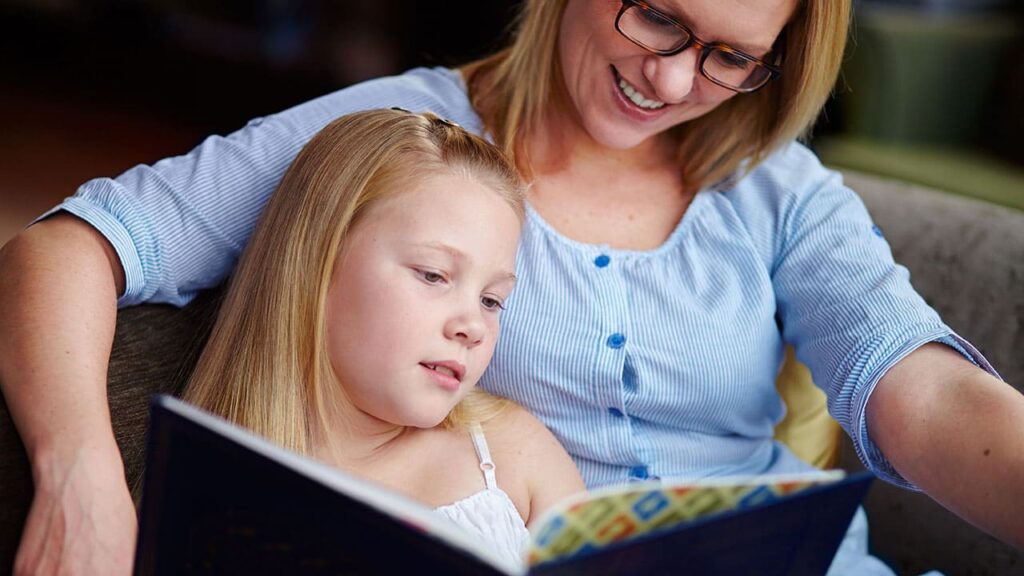
We must play our part as parents by supporting, guiding and empathizing with them throughout this process. The following are some key points on how to deal with puberty:
1. Begin Conversations Early
Ideally, start talking about puberty before they start going through it. This will help make it normal in their eyes and prepare them for what’s about to happen. Be sure to use words they understand though and ask if there’s anything else they want to know.
2. Educate Yourself
Take some time to learn about the physical and emotional changes that come with puberty because this will allow you to respond empathetically when your child has questions or needs advice.
3. Establish Open Communication
Create an environment where children can share their feelings without fear of judgment or punishment. Let kids speak freely by listening closely and validating what they say.
4. Respect Privacy
Give preteens space as their bodies change during this period by knocking before entering bedrooms etcetera – it may also be important for them in terms of gaining independence.
5. Offer Supportive Guidance
Guide them on personal care like skincare among others, ensure they know why hygiene is important at all times especially now that their bodies are evolving too.
Encourage healthy habits such as exercise which will improve their overall well-being including balanced dieting plus enough rest too; these can also help manage mood swings coupled with other emotions during this stage when hormones tend to fluctuate a lot.
We should not only guide but also celebrate every step taken towards growth during this phase because as parents we play a crucial role in our children’s lives.
A Word From Mind Family
Navigating puberty with our children is a significant journey filled with changes and milestones. As parents, we have a crucial role in supporting them through this transformative time.
By understanding puberty stages and keeping communication open, we create a safe space for our children to ask questions and share their experiences. Every child’s journey is unique, so patience and empathy are key as we guide them through these changes.
Puberty is a natural part of growing up, and together, we can help our children embrace these changes confidently. Let’s support each other in this journey of parenthood, celebrating every step forward as our children grow into remarkable individuals.
Frequently Asked Questions (FAQs)
1. What are the stages of puberty in children?
Puberty stages include initial changes like breast buds or testicular enlargement, followed by further development in physical and emotional aspects.
2. What are some tips for parents to deal with puberty in children?
Tips include starting conversations early, educating yourself, creating a supportive environment, respecting privacy, providing guidance, and promoting healthy habits.
3. When does puberty typically start?
Girls usually begin puberty between ages 8-13, while boys start later, between ages 9-14. However, timing varies widely among individuals.
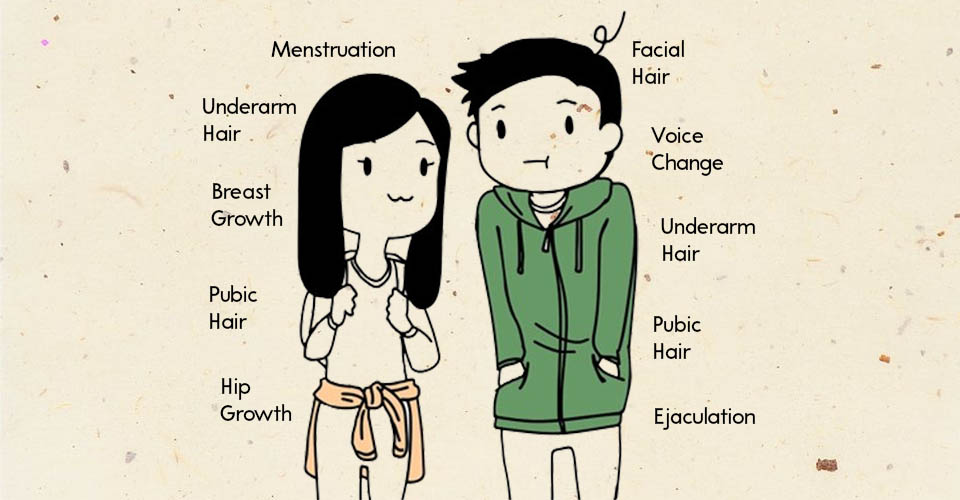

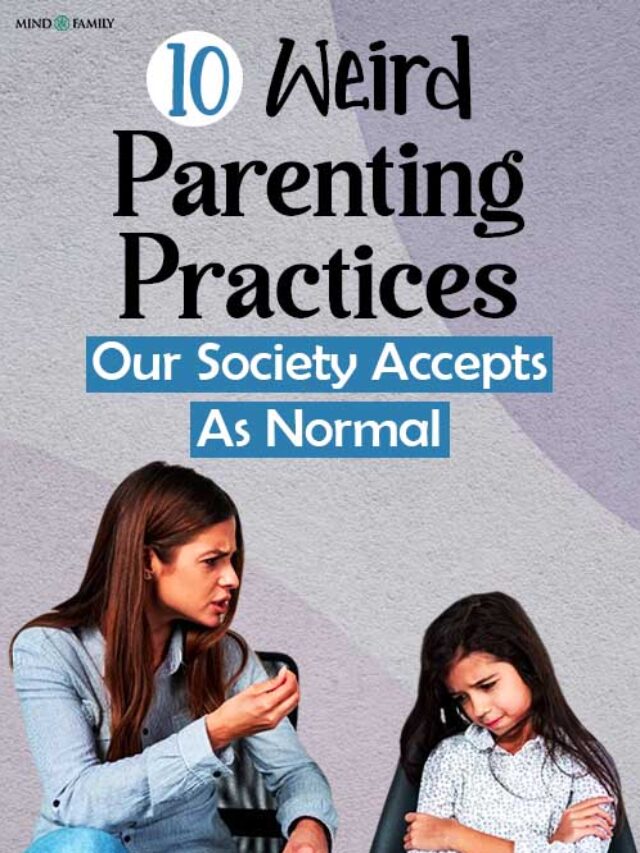


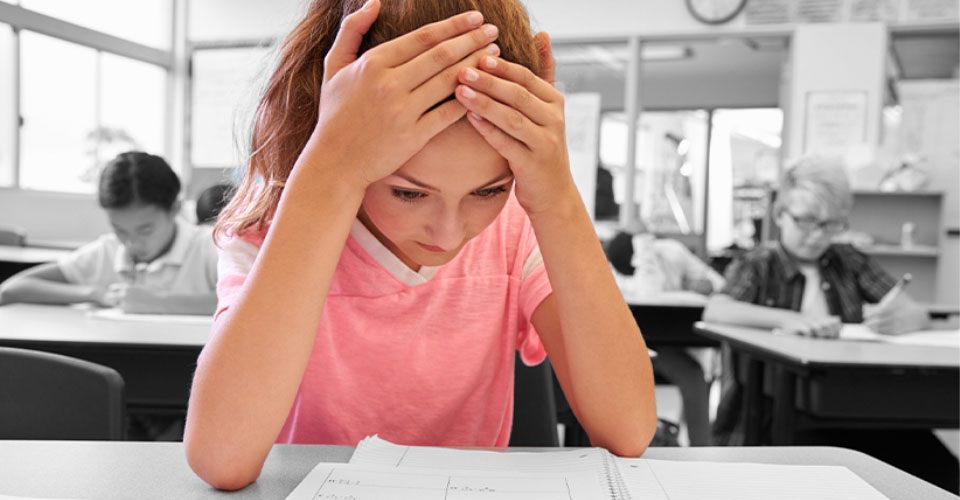
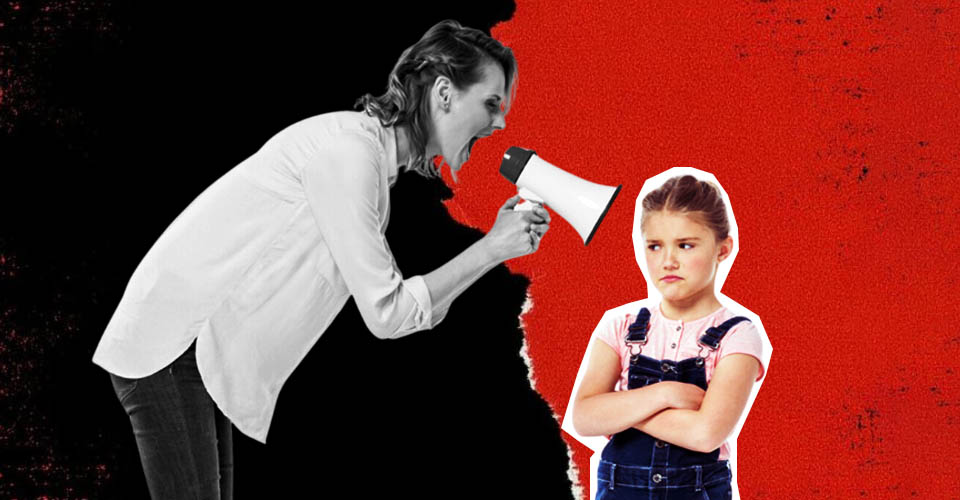

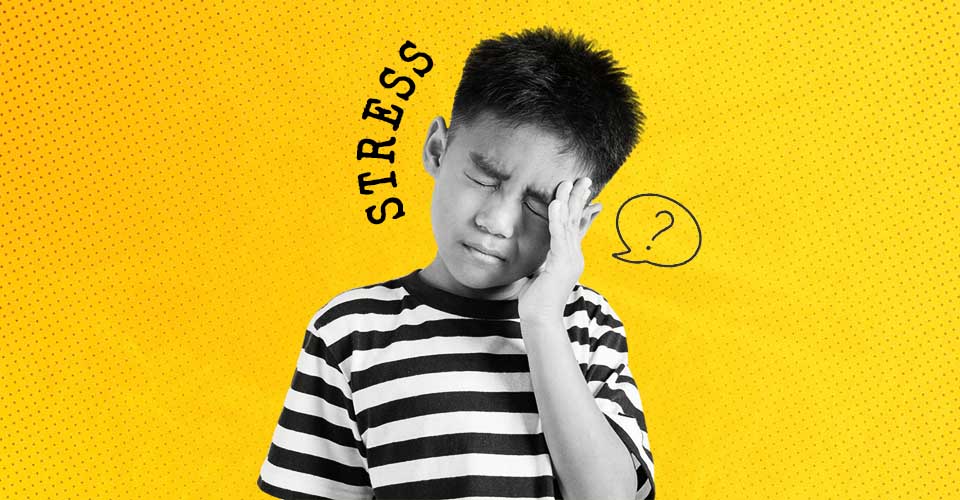



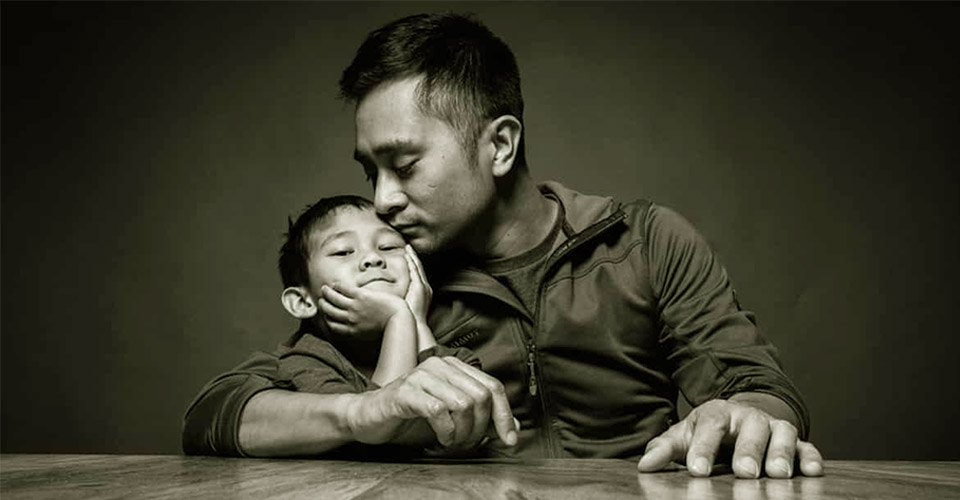


Leave a Reply